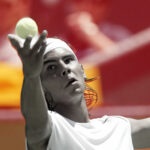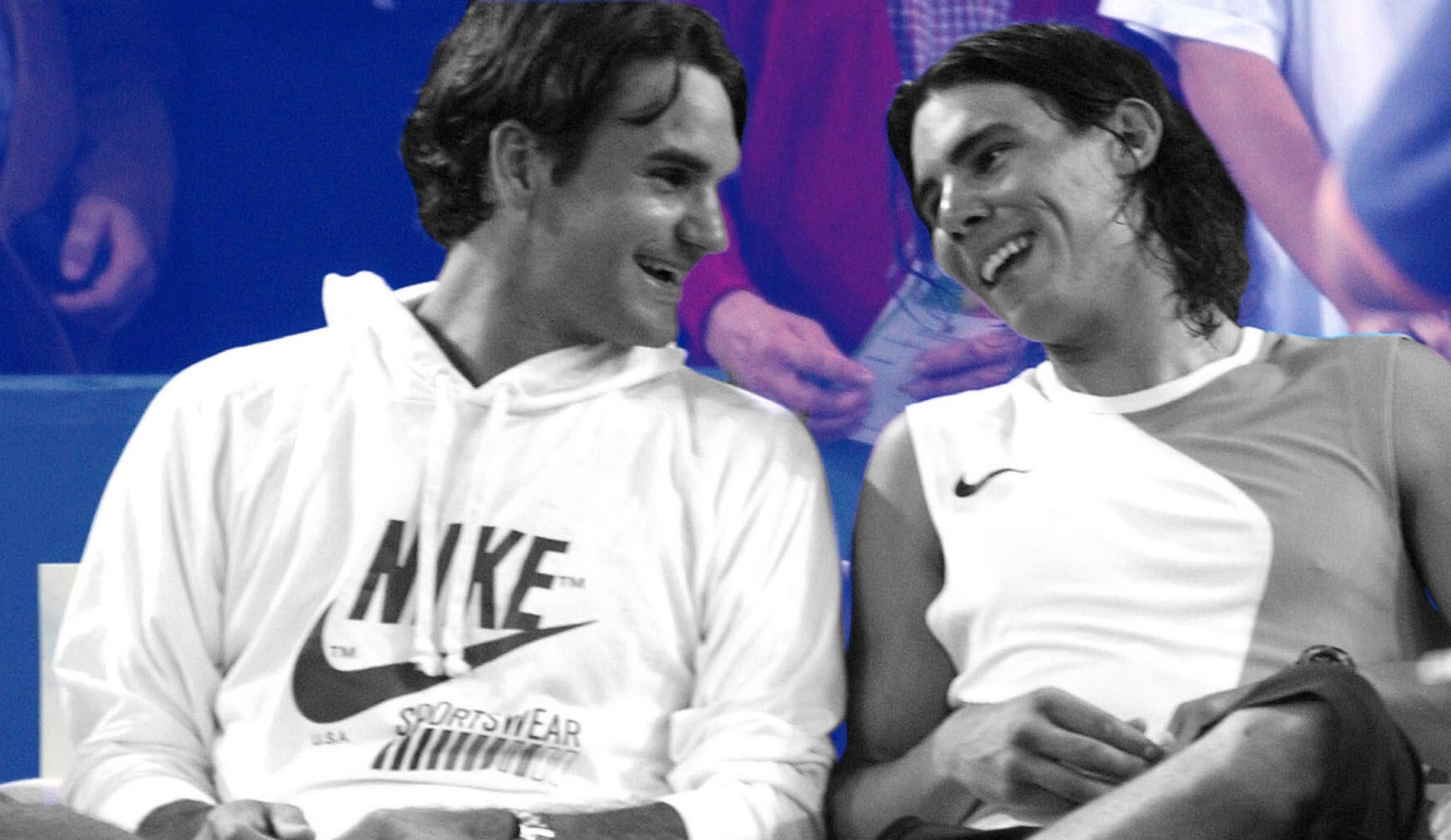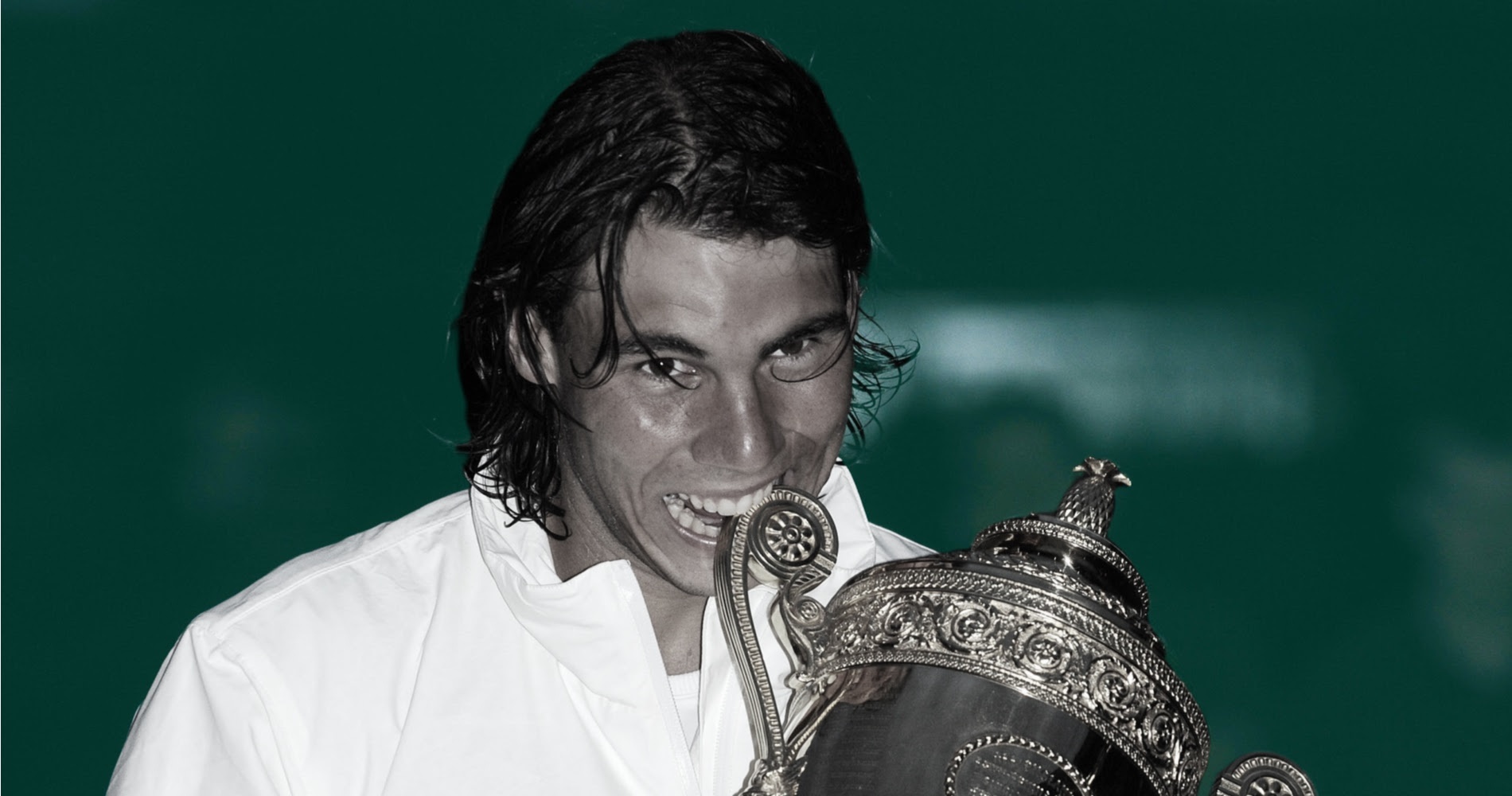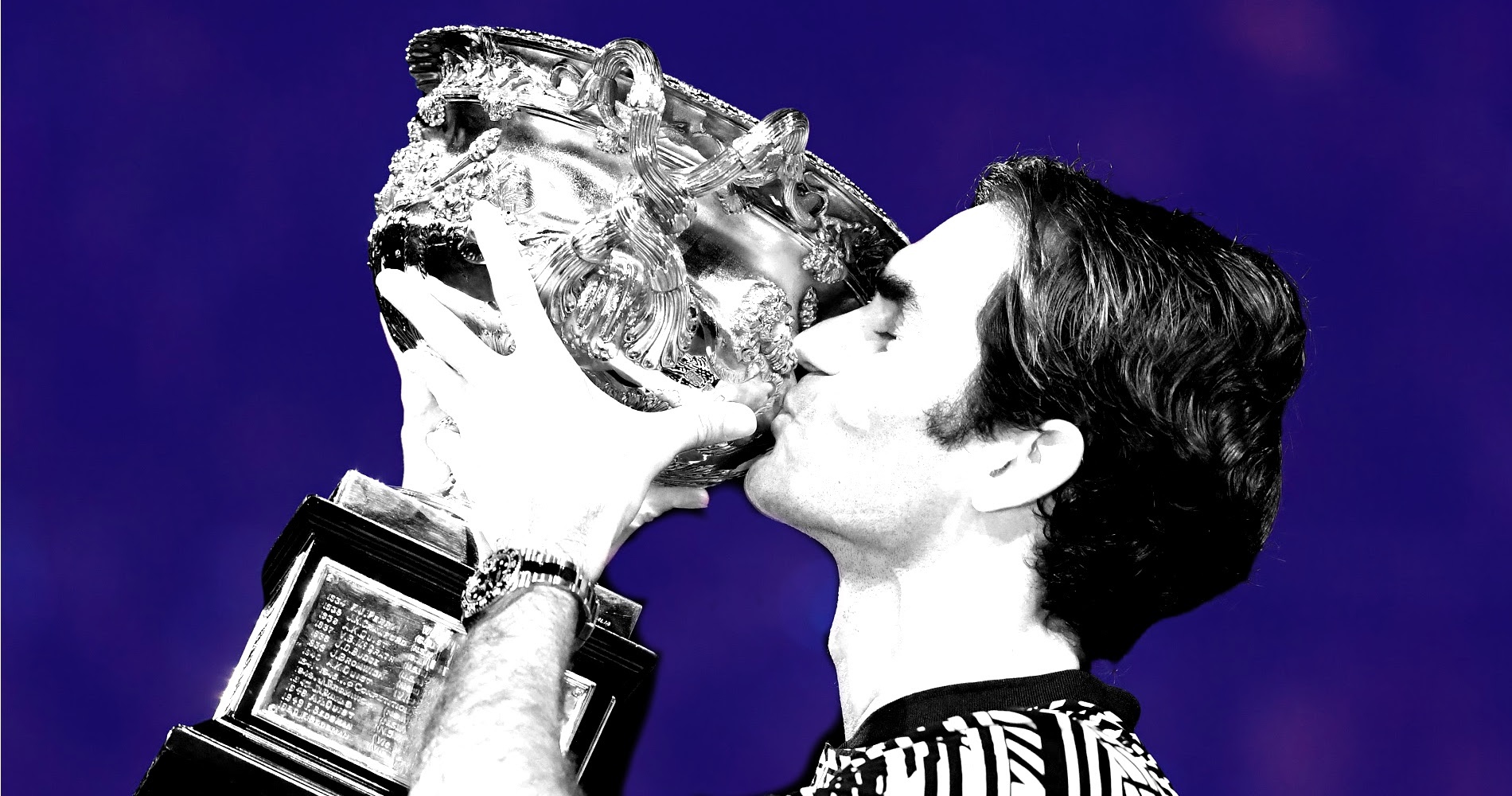April 3, 2005: The day Federer recovered to beat Nadal in the Miami Open final
Each day, Tennis Majors takes you back in time to an important moment in tennis history. On April 3, 2005, Roger Federer came back from two sets down to defeat Rafael Nadal at the Miami Masters in the first-ever final between the two eventual all-time greats.
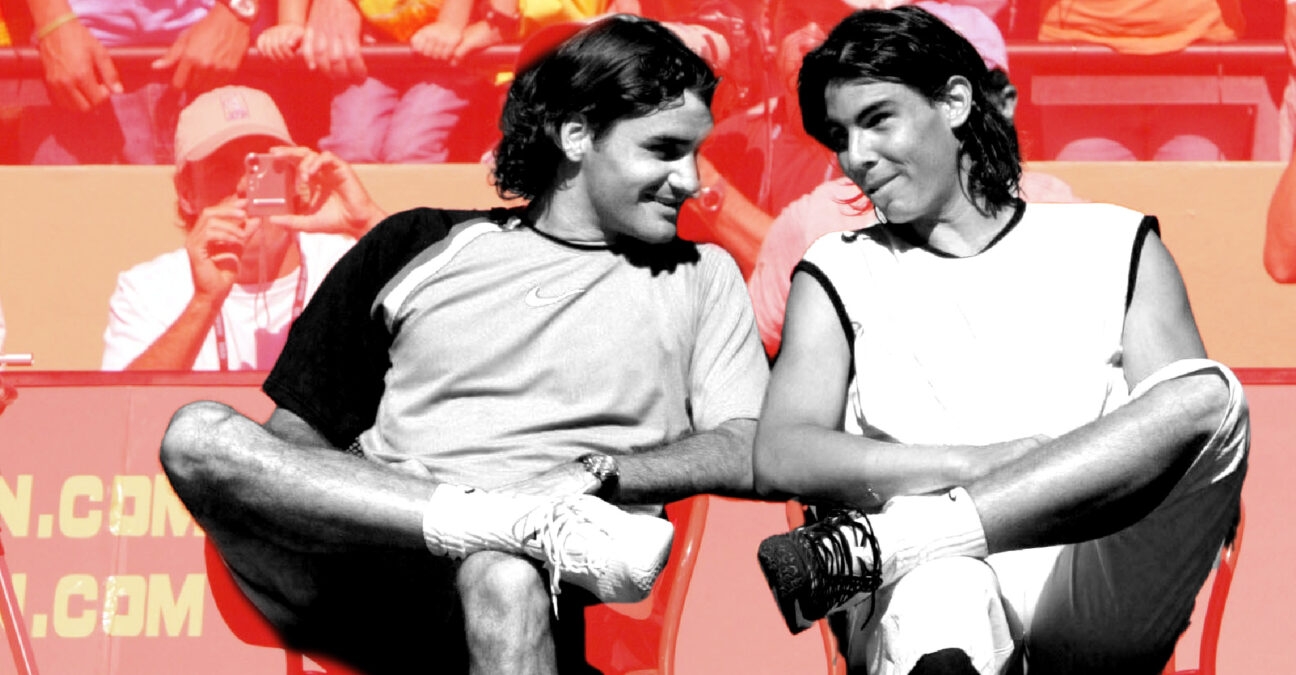 Federer-Nadal OTD 04_03
Federer-Nadal OTD 04_03
What happened exactly on that day: Federer holds off rising Nadal
On this day – April 3, 2005 – in the Miami Open final, Roger Federer came back from two sets down to prevail against 18-year-old Rafael Nadal 2-6, 6-7, 7-6, 6-3, 6-1, thus lifting the trophy at that Masters 1000 event for the first time. It was the second encounter between the two players, but it was their first-ever meeting in an ATP final. It is generally considered as the unofficial beginning of one of the greatest rivalries in tennis history.
The players: Roger Federer and Rafael Nadal
- Roger Federer – the Swiss maestro
Roger Federer, born in 1981, was the undisputed world No 1 for more than a year heading into Miami in 2005. In his early years, Federer had performed well since his first professional matches. His mind-blowing game amazed the tennis world and soon he was tipped as a future world No 1. Expectations grew even bigger when – at the age of 19 – he defeated the seven-time Wimbledon champion, Pete Sampras in the fourth round of the Championships in 2001 (7-6, 5-7, 6-4, 6-7, 7-5).
However, young Federer was very emotional and not quite ready to cope with this pressure.
Entering the top 10 in June 2002, Federer’s records in major events didn’t match his talent yet; in his first 16 Grand Slam appearances, he never made it past the quarter-finals. That would change soon, however. In August of 2003, he claimed his first major crown at Wimbledon, defeating Mark Philippoussis 7-6, 6-2, 7-6 in the final. His confidence grew relentlessly despite an early loss at the US Open. In the 2003 Masters Cup final, he delivered a masterclass to defeat Andre Agassi 6-3, 6-0, 6-4. Even though he finished the year as world No 2 behind Andy Roddick, most of the pundits agreed that it was just a matter of months before he would reach the world No 1 spot.
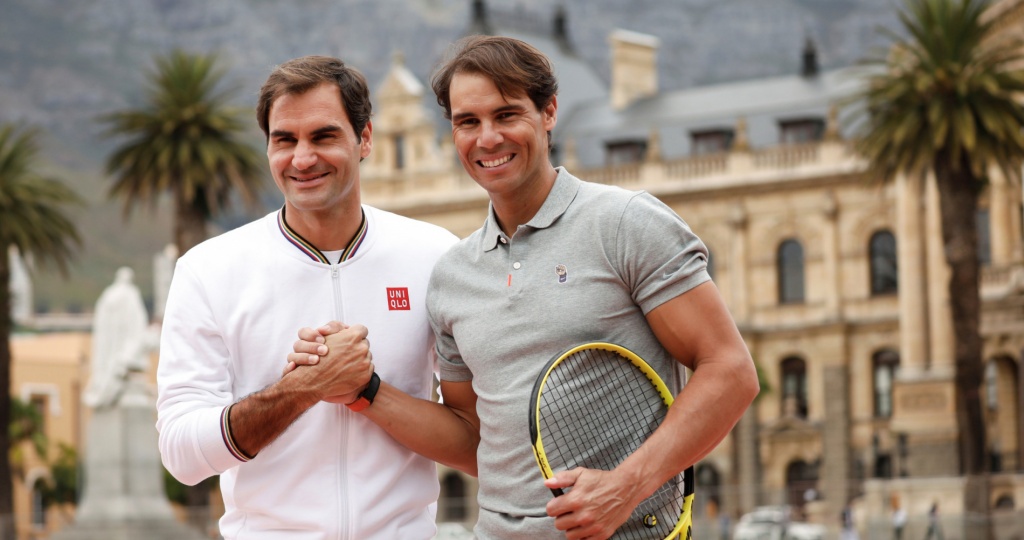
It happened in February 2004, after the Swiss claimed his first Australian Open title (defeating Marat Safin in the final, 7-6, 6-4, 6-2), and he completely dominated the game in the following months by triumphing at both Wimbledon (defeating Roddick in the final, 4-6, 7-5, 7-6, 6-4) and the US Open, where he punished Lleyton Hewitt 6-0, 7-6, 6-0.
Federer finished 2004 in style, successfully defending his title at the Masters Cup (defeating Hewitt again 6-3, 6-2). In the first months of 2005, his only disappointment came at the Australian Open – where he was edged by Safin in the semi-finals in one of the most amazing matches in the tournament’s history (5-7, 6-4, 5-7, 7-6, 9-7). Apart from that, when he landed in Miami in March he had already won four tournaments since the start of the year.
- Rafael Nadal – the King of Clay
In March of 2005, when the Miami Open began, the young Rafael Nadal was only 18 years old but had already made himself known on the tour already as an upcoming threat. Back in 2002, Nadal – at the age of 15 years, 10 months and 26 days – made his first appearance on the main tour after the director of the Mallorca Open invited him into the main draw. In front of his home crowd, the 762nd ranked player in the world not only played but also won his first ATP match, beating world No 81 Ramon Delgado in two sets (6-4 6-4). A year later, in 2003 at the age of 16 at the Monte-Carlo Masters 1000, he defeated reigning Roland-Garros champion Albert Costa 7-5, 6-3 before reaching the third round at Wimbledon (lost to Paradorn Srichaphan 6-4, 6-4, 6-2).
In 2004, he knocked out the new world No 1 Federer at the Miami Masters 1000 (6-4, 6-4) and was a part of the Spanish Davis Cup victory – defeating world No 2 Roddick in the final against the United States (6-2, 6-7, 7-6, 6-2). In August, he also won his first ATP tournament in Sopot, defeating Jose Acasuso 6-3, 6-4 in the final.
He started 2005 by reaching the Australian Open fourth round (defeated by Hewitt 7-5, 3-6, 1-6, 7-6, 6-2) before claiming two consecutive clay-court titles in South America (in Costa do Sauípe and Acapulco). When the Miami Open began, he was already ranked No 31 in the world.
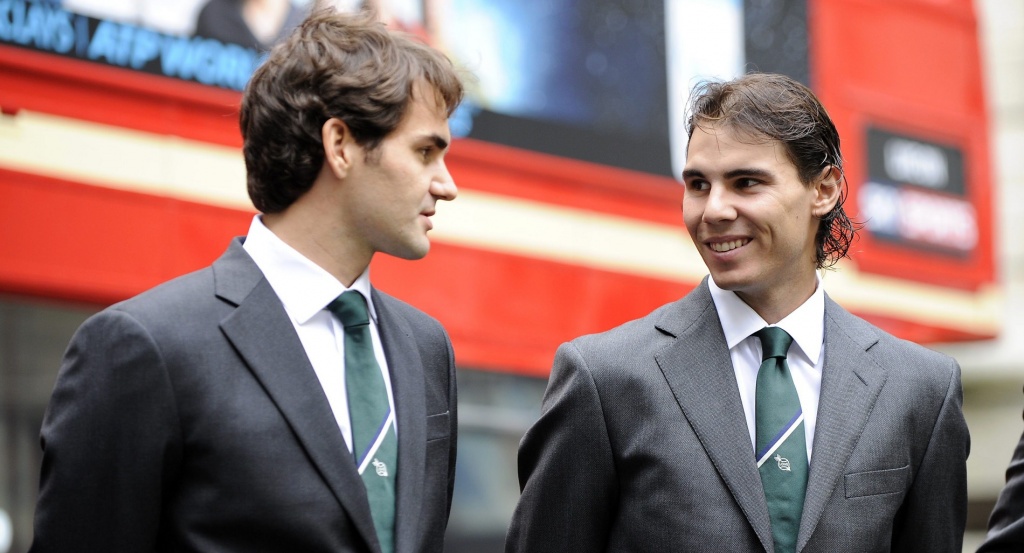
The place: Miami Open, Key Biscayne
The Miami Tennis Open, originally named the Lipton International Players Championship, was held for the first time in 1985 in Delray Beach, with the idea of being the first big tennis event of the year (at the time, the Australian Open was held in December). The tournament moved to Key Biscayne in 1987. It was played on slow hard courts and in extreme heat and humidity. Nonetheless, with huge prize money and a 96-player draw, it was considered to be one of the biggest tennis tournaments in the world outside of Grand Slams. In 2005, an impressive list of former champions included – among many others – Ivan Lendl, Andre Agassi, Jim Courier, and Pete Sampras.
The facts: Nadal couldn’t close out Federer this time
When he landed in Miami in March of 2005, Roger Federer was dominating the game like very few had done before. Since his loss against Gustavo Kuerten in the fourth round of Roland-Garros in May 2004, he had suffered only three losses while claiming 11 titles – including two Grand Slams. Needless to say, he was the heavy favourite on April 3 when he took the court to face a 19-year-old left-hander from Manacor by the name of Rafael Nadal.
The Swiss, however, had reasons not to underestimate his opponent of the day. To start with, in their first encounter 12 months earlier (also in Miami), Nadal had upset Federer 6-4, 6-4.
There was much more to see, too.
Since then, Federer had added two major crowns to his list of achievements, but the Spaniard had also improved a lot and had claimed his first three titles on tour. In Miami, Nadal – wearing white, knee-length shorts and a sleeveless orange t-shirt – only dropped one set on his way to the final and he didn’t intend to just watch a Federer masterclass. The teenager put Federer under tremendous pressure on his backhand side, with a bouncy left-handed topspin forehand, and – retrieving every ball – he pushed the Swiss to his limits. When Nadal took the first two sets 6-2, 7-6, it seemed that the unbelievable was about to happen: the world No 1 was going to be upset in the Miami final by an 18-year-old.
Things kept going from bad to worse for Federer in the third set when Nadal took a 4-1 lead. However, showing great resilience the Swiss clawed his way back and pushed the Spaniard into a tiebreaker – where Federer found himself two points away from defeat, trailing 5-3, but once again, managed to land on his feet. The world No 1 won the third set 7-6, and from that moment Nadal started to lose ground. The Swiss machine was now well-adjusted and Federer roared through the last two sets 6-3, 6-1. However, he knew that something special had happened on that day.
The Spanish rising star, despite the great level of tennis displayed, was of course disappointed to have been so close to victory.
“I’m happy with my game but not with the final result,” Nadal assured. “I lost a little energy in the fourth and fifth set. In the third, I was feeling good. I felt I was playing well and had the confidence to win the match. But he played well in key moments.”
What next – the rivalry blooms and captivates the tennis world
Rafael Nadal would claim his first title in a Masters 1000 event at the Monte-Carlo Open less than a month later, beating defending champion Guillermo Coria 6-3, 6-1, 0-6, 7-5 in the final. At Roland-Garros, he would meet Federer again in the semi-finals, and this time he would prevail 6-3, 4-6, 6-4, 6-3 – two days before lifting his first Grand Slam trophy.
Federer was right: the world would see a lot of Rafael Nadal in the following years, as the Spaniard would become one of the greatest players of all-time – claiming a record 13 Roland-Garros titles to tie Federer’s record of 20 Grand Slam crowns. For years, Nadal would be Federer’s nemesis by defeating him in four French Open finals and in the 2008 Wimbledon final and the 2009 Australian Open final. Overall, Nadal would take a 24-16 lead in their head-to-head series – but Federer would gain some revenge in 2017 by defeating his long-time rival to claim his first major title in five years at the Australian Open.
